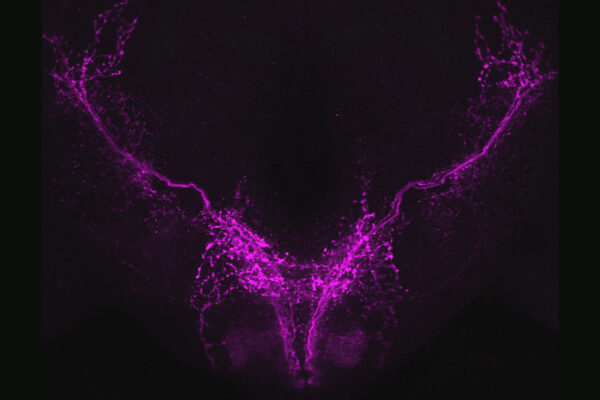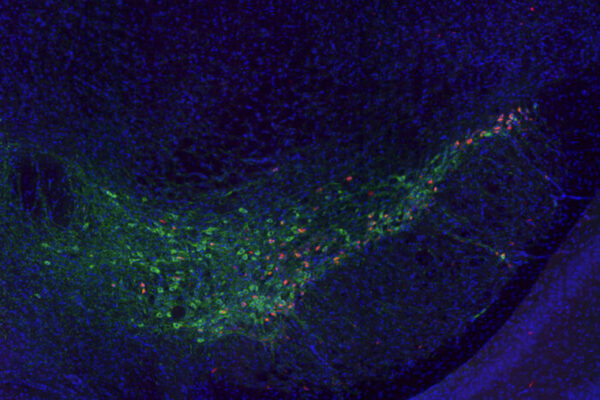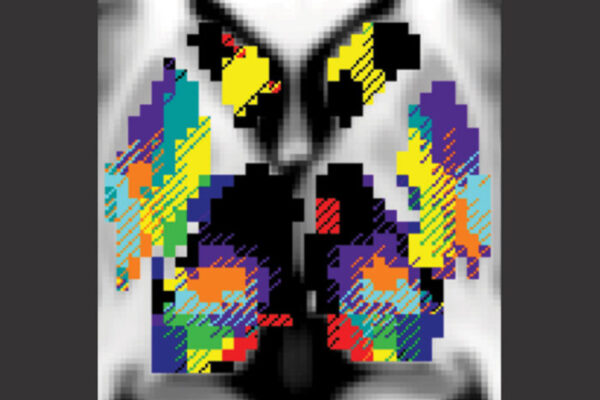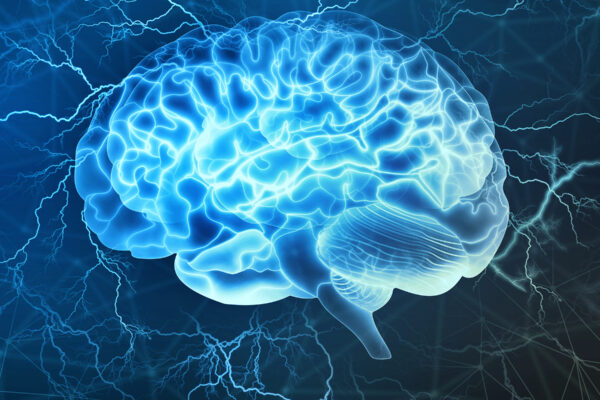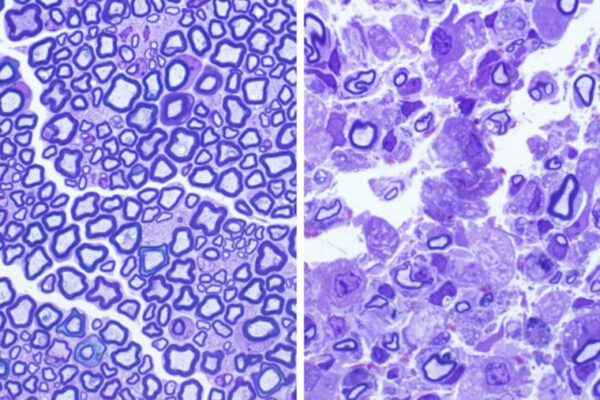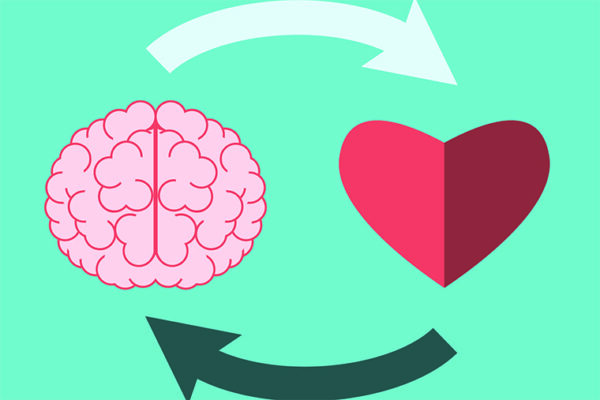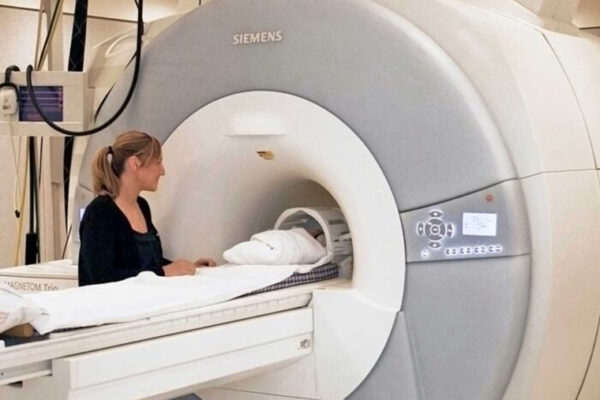Flies sleep when need arises to adapt to new situations
Researchers at Washington University School of Medicine in St. Louis have found that flies sleep more when they can’t fly, possibly because sleeping helps them adapt to a challenging new situation.
Washington University to break ground on major neuroscience research hub
Washington University in St. Louis will begin construction in March on what will be one of the largest neuroscience research buildings in the country. Located on the School of Medicine campus, the 11-story, state-of-the-art research facility will merge, cultivate and advance some of the world’s leading neuroscience research.
Gene ID’d as potential therapeutic target for dementia in Parkinson’s
Researchers at the School of Medicine have discovered that the genetic variant APOE4 – long linked to dementia – spurs the spread of harmful clumps of Parkinson’s proteins through the brain. The findings suggest that therapies that target APOE might reduce the risk of dementia for people with Parkinson’s disease.
Why doesn’t deep-brain stimulation work for everyone?
School of Medicine researchers have mapped nine functional networks in the deep-brain structures of 10 healthy people, an accomplishment that could lead to improvements in deep-brain stimulation therapy for severe cases of Parkinson’s disease and other neurological conditions.
Understanding criticality and the brain’s neural networks
New research from Washington University in St. Louis confirms that the brain tunes itself to a point where it is as excitable as it can be without tipping into disorder, similar to a phase transition. The new research from Keith Hengen, assistant professor of biology in Arts & Sciences, is published Oct. 7 in the journal Neuron.
Cause of rare, fatal disorder in young children pinpointed
Scientists at the School of Medicine have pinpointed the precise cause of Krabbe disease, a neurodegenerative condition that usually causes death by age 3.
TransYouth Project: Building bridges of acceptance
Psychologist Kristina Olson, BA ’03, wins one of science’s most prestigious awards for her research on identity.
Rethinking seizures associated with cardiac disease
Research from Washington University in St. Louis finds that mutations of a gene implicated in long QT syndrome in humans may trigger seizures because of their direct effects on certain classes of neurons in the brain — independent from what the genetic mutations do to heart function. The new work from Arts & Sciences was conducted with fruit flies and is published August 8 in PLOS Genetics.
Theater production explores wonders of human brain
Two nationally renowned neurosurgeons at the School of Medicine will present BrainWorks, a live theatrical performance that explores the wonders of the human brain by dramatizing real-life neurological cases. The performance, comprised of four one-act plays, will debut July 19-21.
$9.5 million aimed at detecting autism earlier in childhood
Researchers at the School of Medicine are leading a multicenter team conducting research to evaluate whether brain imaging might help reveal risk for autism spectrum disorder in early infancy. Previous research suggests such imaging in high-risk children can predict problems in kids as young as 6 months old.
Older Stories
